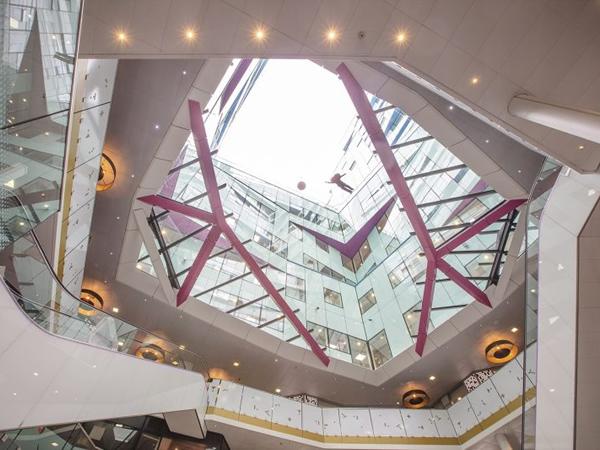
Date: 27 June 2019
Working at height comes with a number of inherent risks and challenges, all of which must be carefully and continuously assessed to ensure not only the safety of our employees, but also the safety of everyone else working on the project and the general public.
It is our skills, expertise and continuous training that help us achieve working at height safely and successfully on a daily basis.
Project planning
When planning for such a project, our skilled and experienced coordinators create assessments that take in all aspects of the work to be carried out. We know that there are many changeable factors in this sort of project, which is why we constantly review them until the work has been completed, considering variables such as weather conditions, lighting – if working out of hours – and the volume of traffic.
As well as these assessments, FGS will also deal with all other aspects of the project, such as liaising with local councils to gain permits for road and pathway closures when the use of access equipment is required. The management of these are crucial as such closures have restricted timings, which makes completing the work on time a necessity.
Working flexibly
The aim of both the field and coordinator teams is to complete the work with minimal disruption to both the client and the public whilst ensuring that safety isn’t compromised at any point. FGS is flexible to accommodate the clients’ working hours and operate around other contractors who may be on site at the same time.
High-level atrium in Birmingham
The FGS Repair & Maintenance team was recently tasked with repairing a 4.5m x 1.5m section of glass at The Cube which is a mixed-use development in Birmingham.

This building created many challenges, including access problems, weight load concerns, and lifting issues, all of which had to be overcome to successfully carry out the work. Due to the complexity of where the glass is situated, two months of planning were put into the project. This was done to reduce the number of days required on site so to reduce the amount of disruption caused.
As part of the planning process, FGS explored a number of access equipment proposals before appointing Ashdurn, a specialist scaffolding company. Ashdurn designed, engineered and constructed the scaffolding that allowed a lifting beam to be fitted with an electronic winch and a vacuum lifter. The glass had to be lifted through the middle of the scaffold, which meant precision was key so as not to damage the glass.
To access the area where the work was to be carried out, an 18m high scaffold was constructed. Weight restrictions dictated that the scaffolding had to be erected above the basement car park in line with the structural supports of the building.

The team deployed to site by FGS consisted of eight engineers, scaffolders and two abseilers who abseiled down to remove the external fixings. As the team were working during normal hours, restrictions had to be in place to ensure the safety of the general public. These included closing escalators and fencing off the work area and deploying staff members to direct people around the building.
 600450
600450

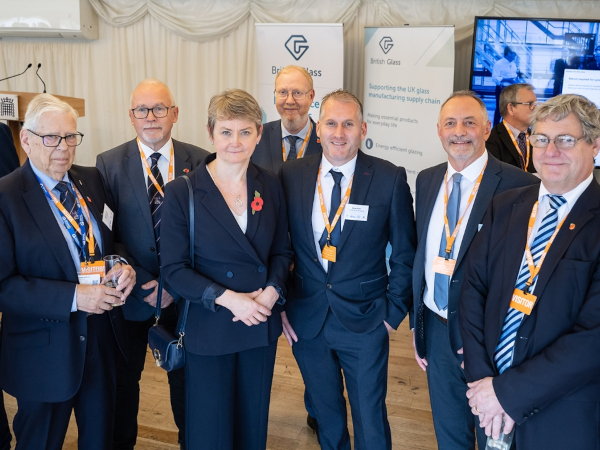
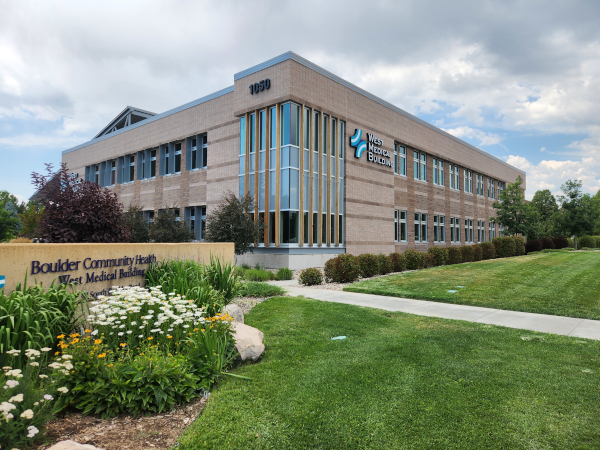
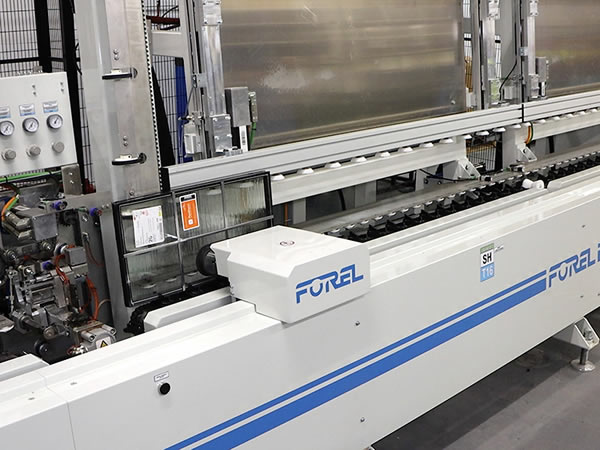
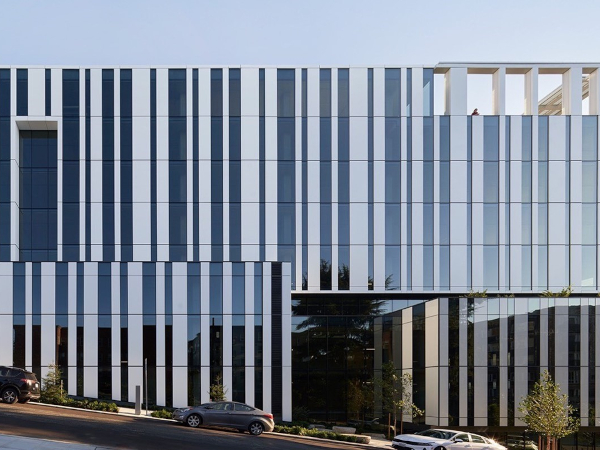
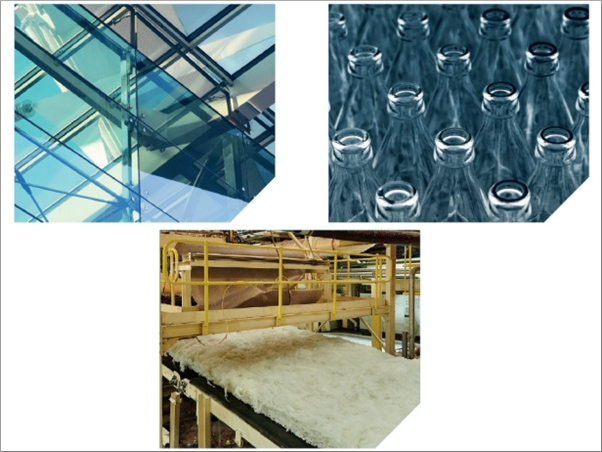

Add new comment